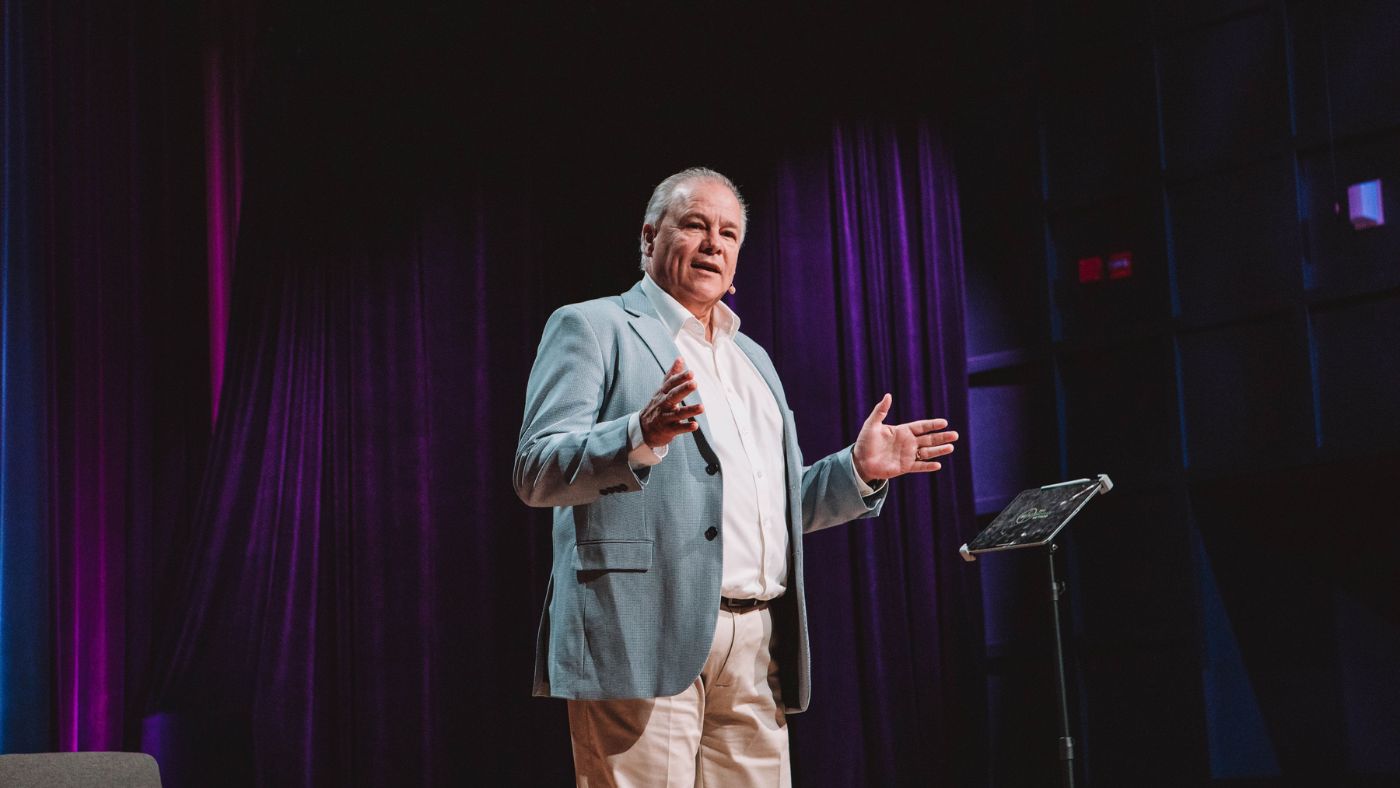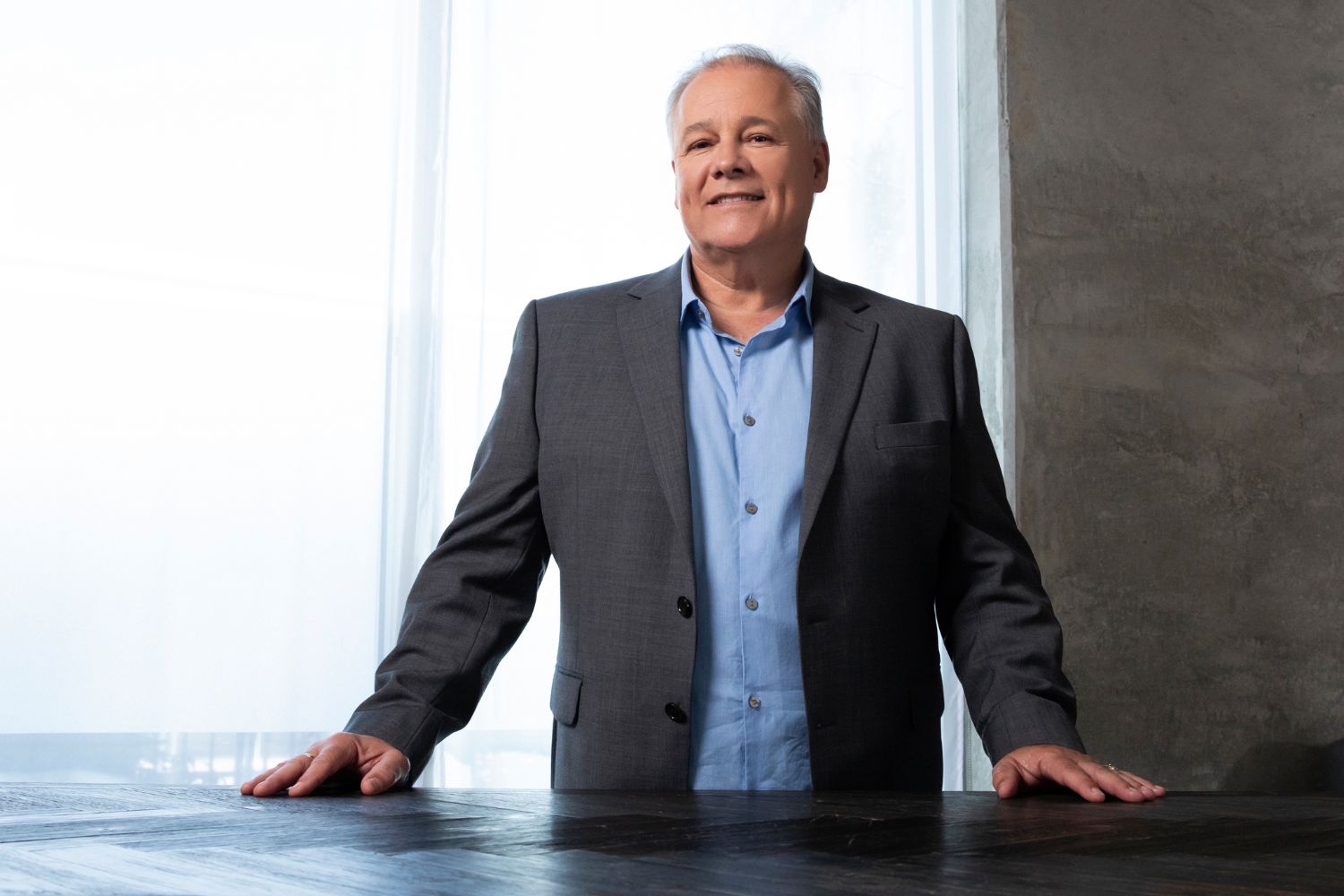Faced with complexity, a common leadership inclination is to counter it with more complexity—an approach that’s usually a reflection of their ego if they were truly honest with themselves.
We’ve all been there in a room trying to solve a problem confounding everyone, where a team starts delving deeper into complexities, assuming that more intricate analyses will lead to a clearer resolution. Instead, this only amplifies the confusion, burying the team under layers and layers of more problems and more confusion.
One of the profound truths in problem-solving is that complexity begets confusion. You can’t validate a solution by amplifying the complexity of the problem or remedy the understanding of confused individuals with more complex information.
Solving complex problems requires a paradigm shift—a departure from the traditional notion that complexity breeds solutions. Rather, it demands a different approach—an approach that champions simplicity.

The sage problem-solver understands this dichotomy well. They recognize that the antidote to complexity isn’t more complexity; it’s simplicity. They embrace the challenge of unravelling complex issues by distilling them into comprehensible, manageable components.
Moreover, the sage acknowledges that complexity often masks the underlying simplicity within a problem. They navigate through this smokescreen of intricacies to unearth the core elements—a process akin to peeling back layers of an onion to reveal its essence.
In essence, it’s not about oversimplifying problems or trivializing their complexities – what some might call “dumbing down”.
It’s about sifting through the noise, identifying the critical elements, and presenting solutions in a manner that resonates with clarity and understanding.
Moreover, embracing simplicity in problem-solving isn’t a sign of weakness or ignorance; it’s a testament to clarity of thought and effective communication. It’s a commitment to transcending complexities and presenting solutions that are comprehensible and actionable.

The next time you encounter a complex problem, consider this: the solution might not lie in adding more complexity, but in distilling the problem into understandable parts—a shift from convolution to clarity, from perplexity to precision.
Join my weekly newsletter for more updates and inspiration. If you’re ready to speak about bringing more genius to your leadership, start by applying to work with me so we can get to know one another better.










